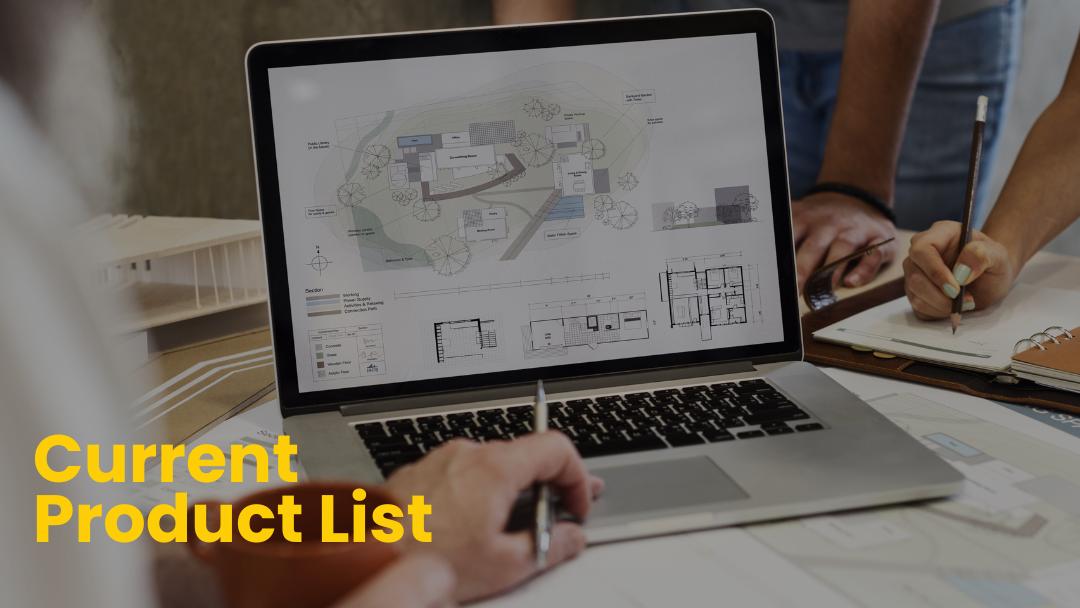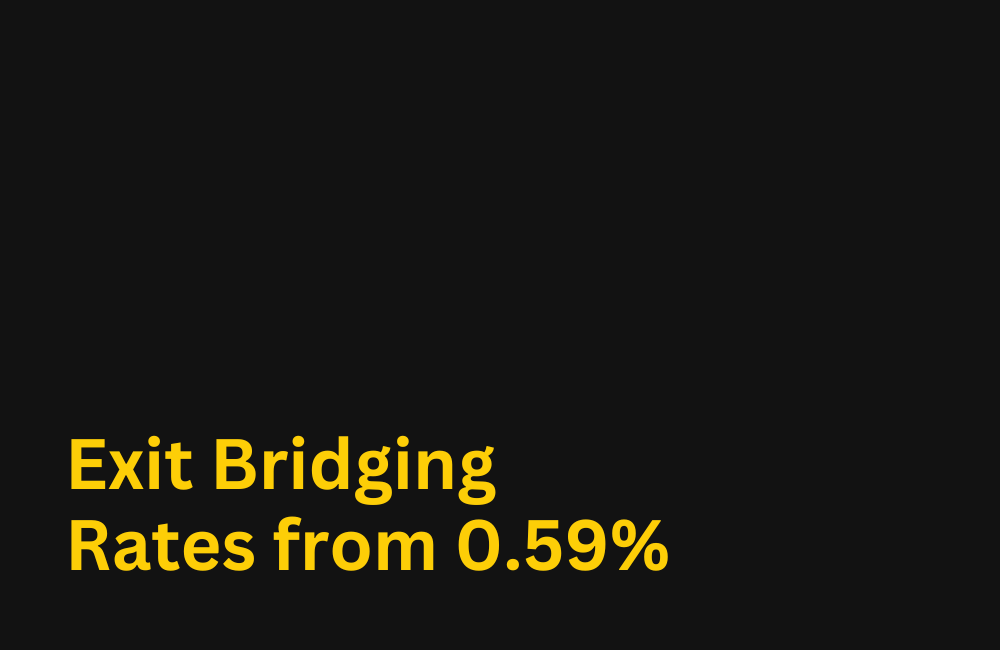
In his budget, Rishi Sunak warned that interest rates wouldn’t remain low forever. And, according to experts, a rate rise looks likely early next year. Consequently, your customers may be looking to protect themselves with a fixed-rate mortgage, providing them with security that their payments won’t change.
As a mortgage broker, you handle mortgages for homebuyers day in and day out, and they’re generally straightforward. But, how confident are you when it comes to advising a client that is building their own home? How can you protect them from uncertainty and risk?
Your client probably hasn’t done a self build before, and you may not have arranged many either. So, exactly what is important?
Picture the scene.
You source the lowest rate for your self build client. It’s fixed for two years, so your client is protected from uncertainty during their build, even if interest rates rise. The mortgage releases money in stages, and the loan amount is sufficient to cover the plot and build costs. Job done.
Fast forward six months. Your client has completed the first stage of their build using their own money because the arrears stage payment mortgage you recommended releases funds after each stage is complete. But that’s OK because they had sufficient funds to get them to this point. Your client requests the release of their first stage payment, eager to recoup the money they’ve spent and get cracking with their next stage of works.
The lender sends out a valuer to assess the work so far. And, it’s at this point, things start to unravel because the self build mortgage you recommended comes with the risk of down valuations during the build, which can restrict your client’s mortgage funds and cause severe cashflow problems.
Your clients receive the unhappy news that they will receive less money than they were expecting due to a down valuation. They now don’t have enough money to pay their bills, and unsurprisingly, their builder moves on to another job. Meanwhile, material prices are rocketing courtesy of supply chain issues following Brexit, and while living in their cold caravan, they receive more unexpected news – they’re expecting – a baby!
Aside, of course, from the baby, a cost based mortgage could have prevented this dramatic turn of events.
It’s worth pointing out that the interest rate really isn’t a significant factor when selecting the best product for self builders. That’s because most mortgages are interest-only during the build, and interest is only charged on funds as they’re drawn down.
So, what must you be taking into consideration when advising self-build clients?
The single most important factor is cashflow – you need to ensure sufficient funds are available at the right time during their build. Your clients will need accurate costings and it’s also essential to consider their construction type as this will influence your client’s cashflow requirements.
As the name suggests, stage releases with a valuation-based mortgage are subject to a valuation by the lender and rely on a sufficient uplift in value. This means cashflow can be negatively impacted by a down valuation and are not guaranteed.
By contrast, stage releases with a cost based mortgage are agreed at the outset, linked to the costs of each build stage, and they are not subject to valuation by the lender during the build. Payments are guaranteed irrespective of lender valuations, providing complete certainty, and they can be in arrears or in advance, depending on your client’s cashflow requirements.
So, let’s rewind.
If your client’s mortgage had been cost based, they would have received their first and subsequent stage releases without any delays and precisely the amount they were expecting, matched to their payment profile. This would have meant they could have remained in their existing home while building their new one, instead of a cold caravan. And, their builder would have happily completed their build on time, complete with a new nursery.





